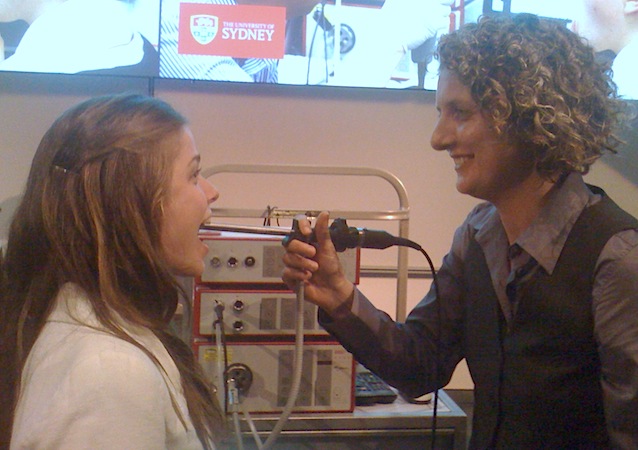Speech pathologist Samantha Warhurst has published new research on what makes a good voice for radio.
In an academic paper for the latest edition of the Journal of Voice, Warhurst outlines her research, where she interviewed radio employers and educators to determine what qualities the industry is looking for in announcing, newsreading and voiceover staff.
Those studied were asked questions including, what makes a good voice for radio and what is important when employing radio performers, across different speaking roles?
Characteristics of good radio voices include “a range of communicative features that make radio performers easy to listen to, including warmth, depth of pitch, clarity of speech, presence, animation, liveliness, and no faults. This combination of characteristics is unique to the radio industry and requires ‘normal’ if not optimal voice and articulatory control.”
Research participants also asserted that radio performers need to have voices that suit the station they are working on and that there is no ‘one size fits all’ perfect radio voice these days. “Participants believed that the personality attributes of radio performers and the content they deliver commonly take precedence over voice and speech characteristics.”
Voices for on air announcers had slightly different characteristics from newsreaders and voiceover artists.
“Certain characteristics tended to apply to some roles and not to others, for example, content, personality, and [multiskills] are characteristics that apply much more to broadcasters, newsreaders, and journalists than to voice-over artists. Similarly, the ability to read [well] is a more significant requirement for newsreaders and voice-over artists than for announcers.”
General characteristics of good radio performers included:
Content and personality, easy to listen to, a relationship between perceptions of performer’s personality and their voice characteristics, voices that suit the station and natural conversations with the listeners.
Newsreaders, journalists, and reporters also needed credibility and a voice that’s immediately and clearly understood. Successful news readers will generally have a slower, more educated diction, intelligent phrasing and breaths that are taken in the right spot.
This study presents an industry-based model on how specific communicative characteristics apply to each of these roles. It will be used to inform vocal training and clinical management of voice disorders in radio performers, as well as for future quantitative research.
The report was co-authored by Patricia McCabe and Catherine Madill
Click here to access the report and here to see our earlier coverage of this research

